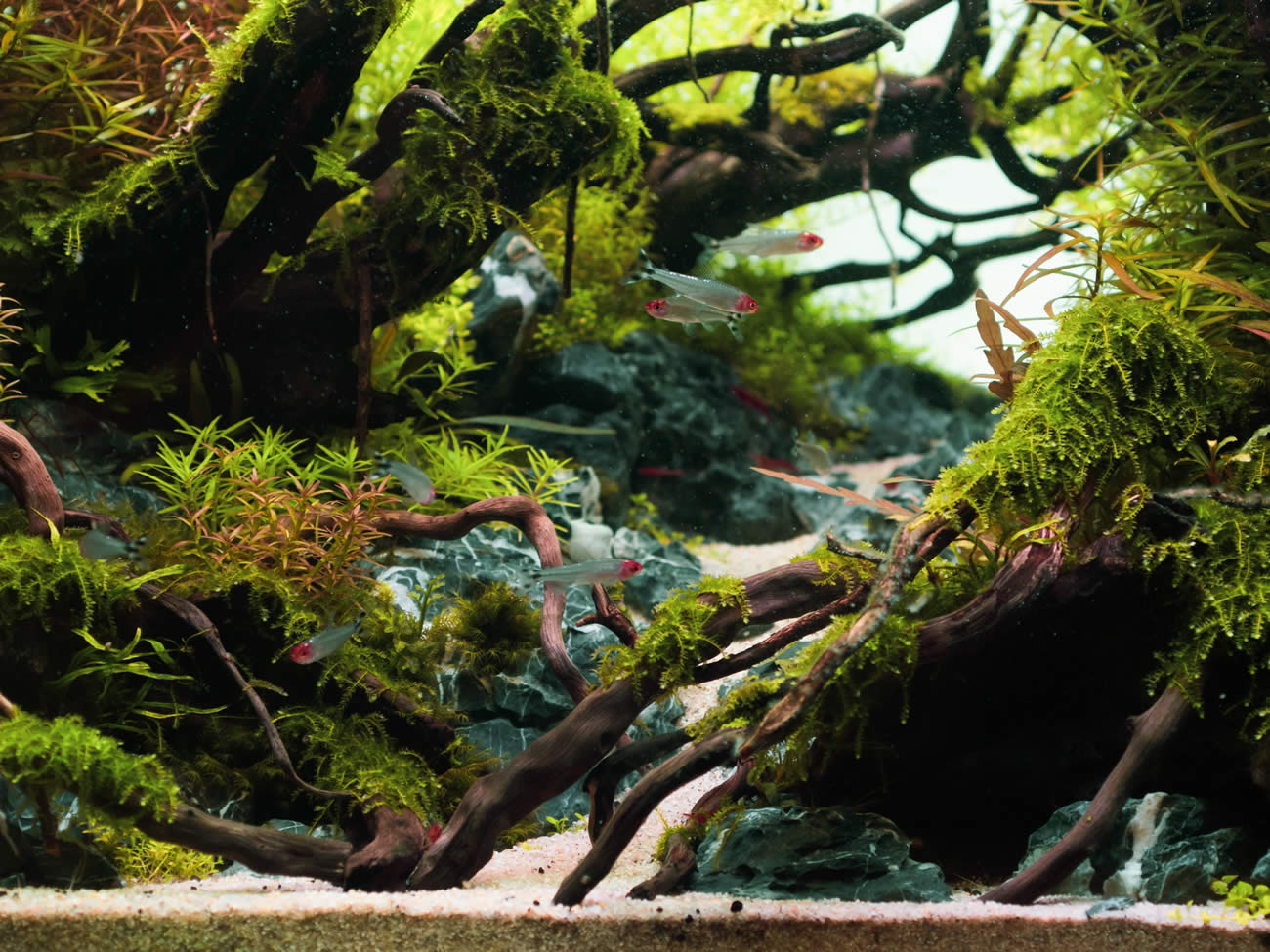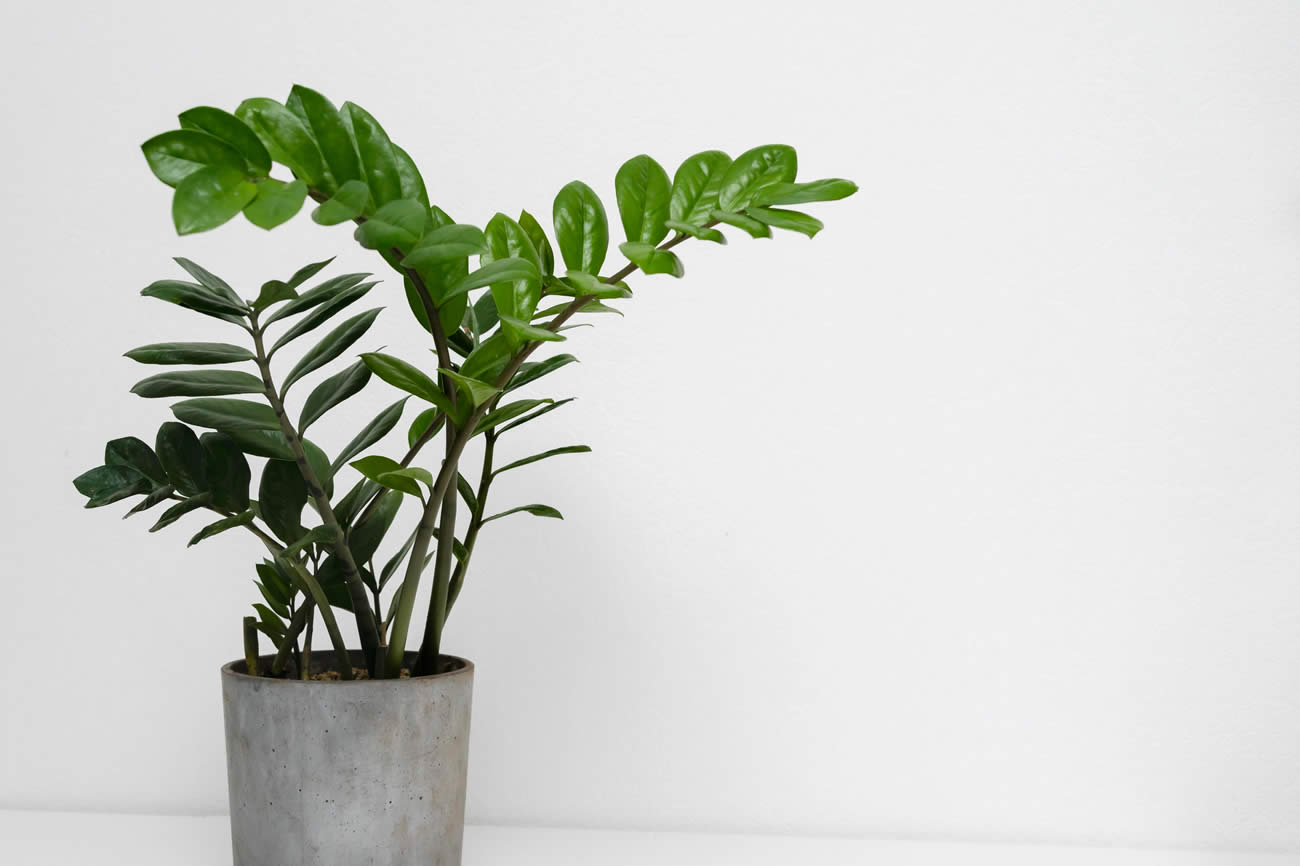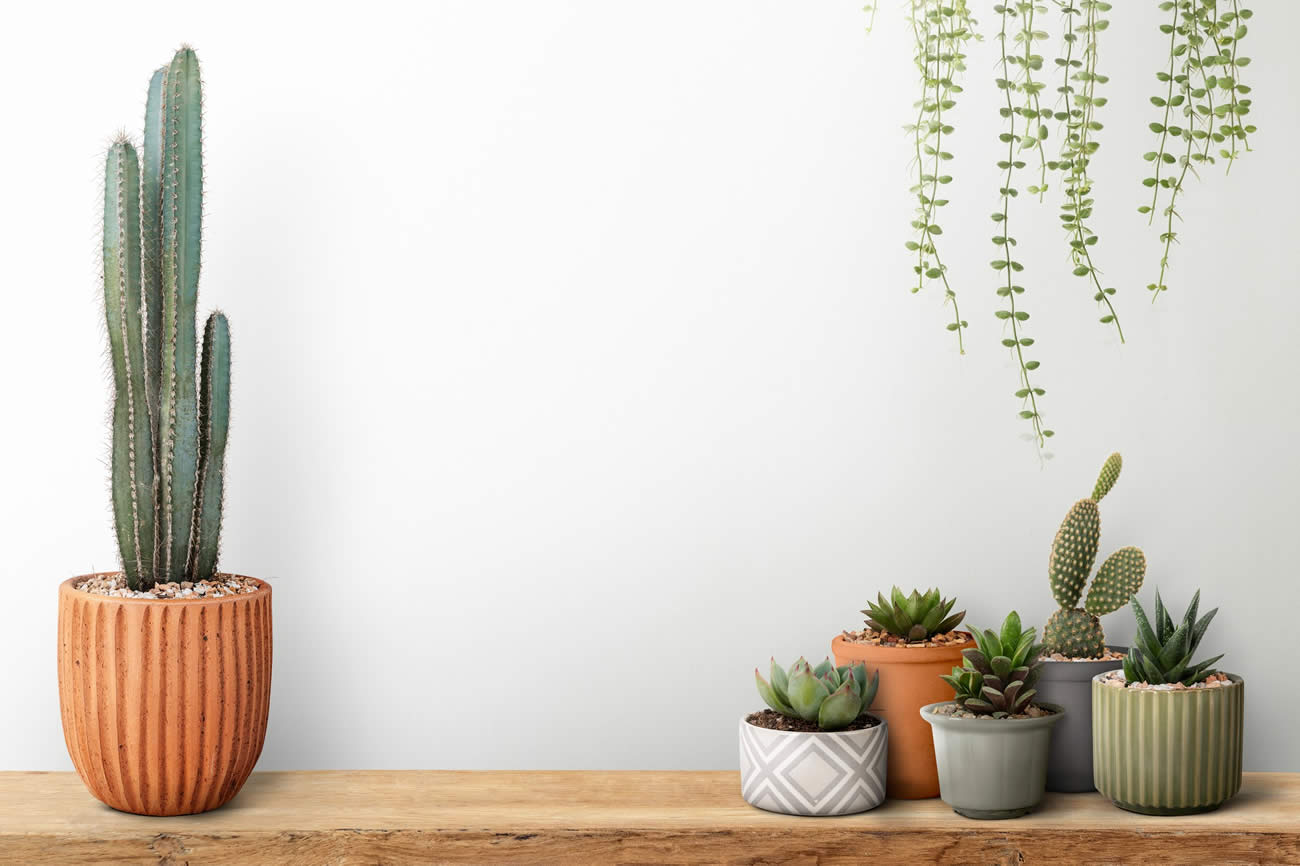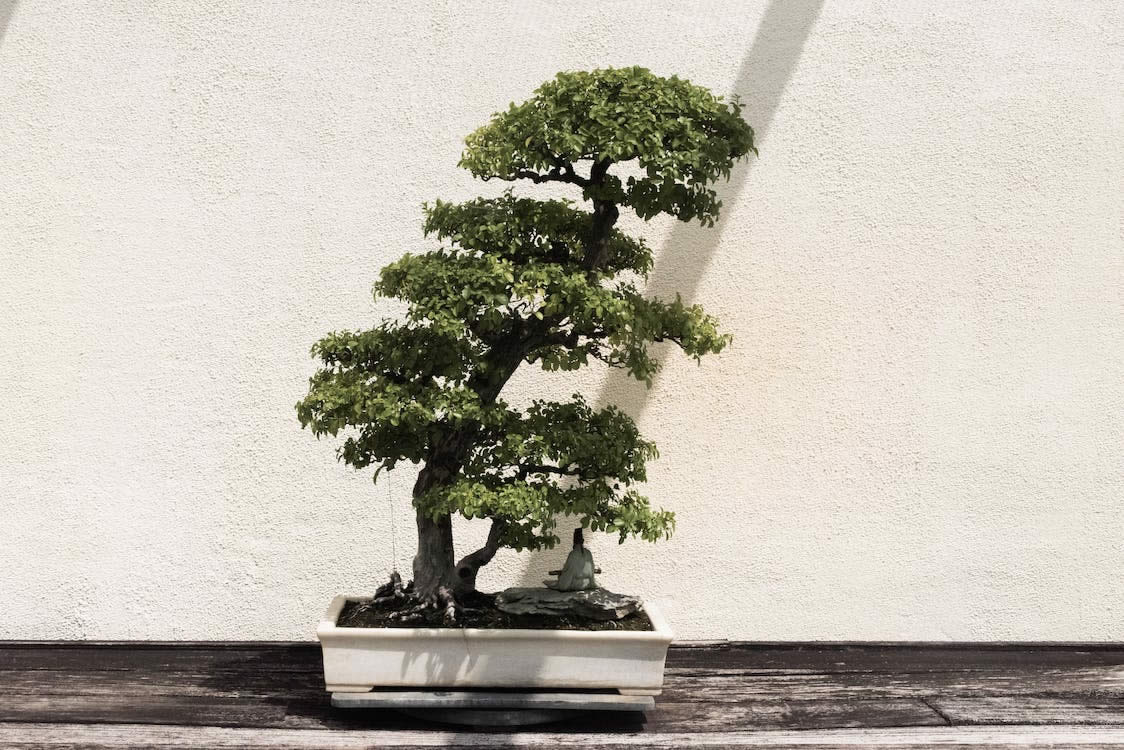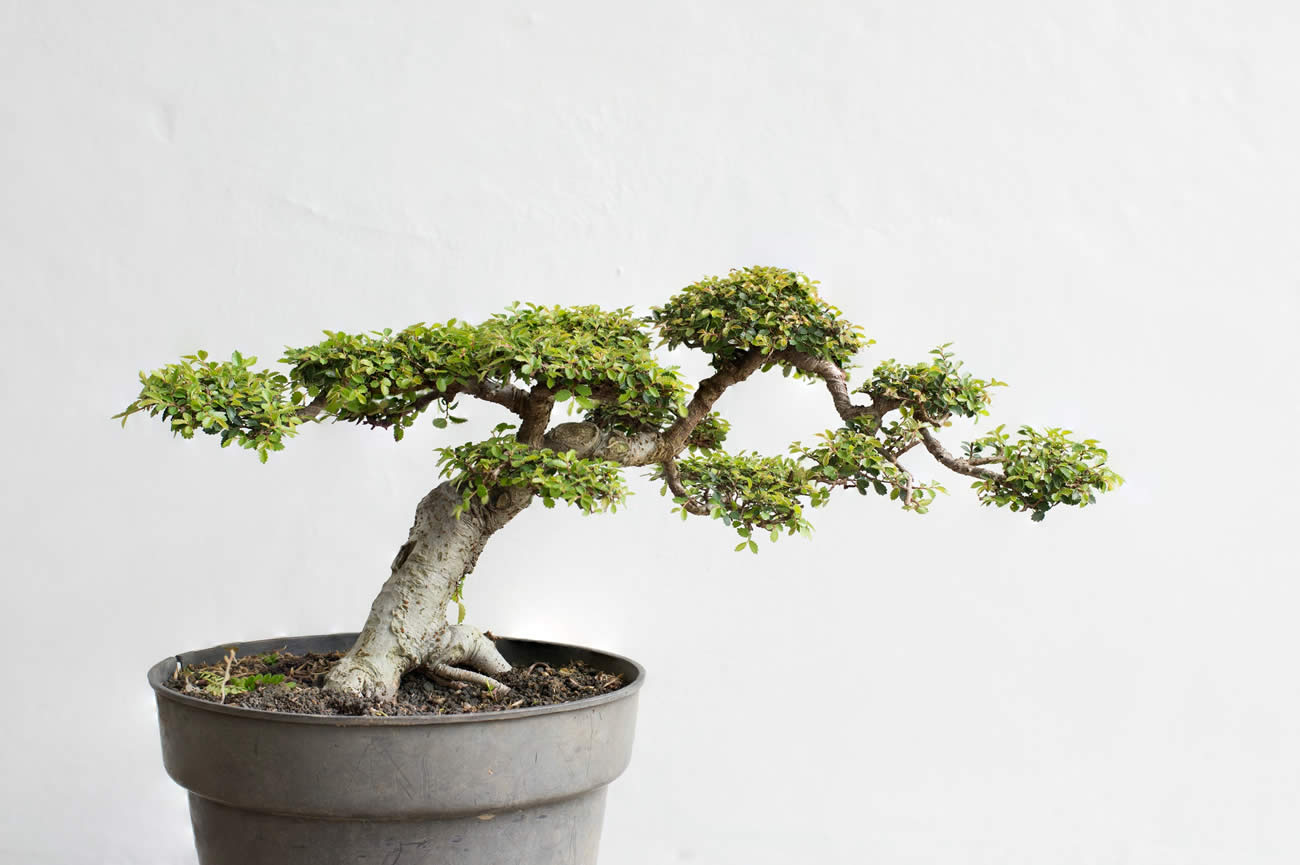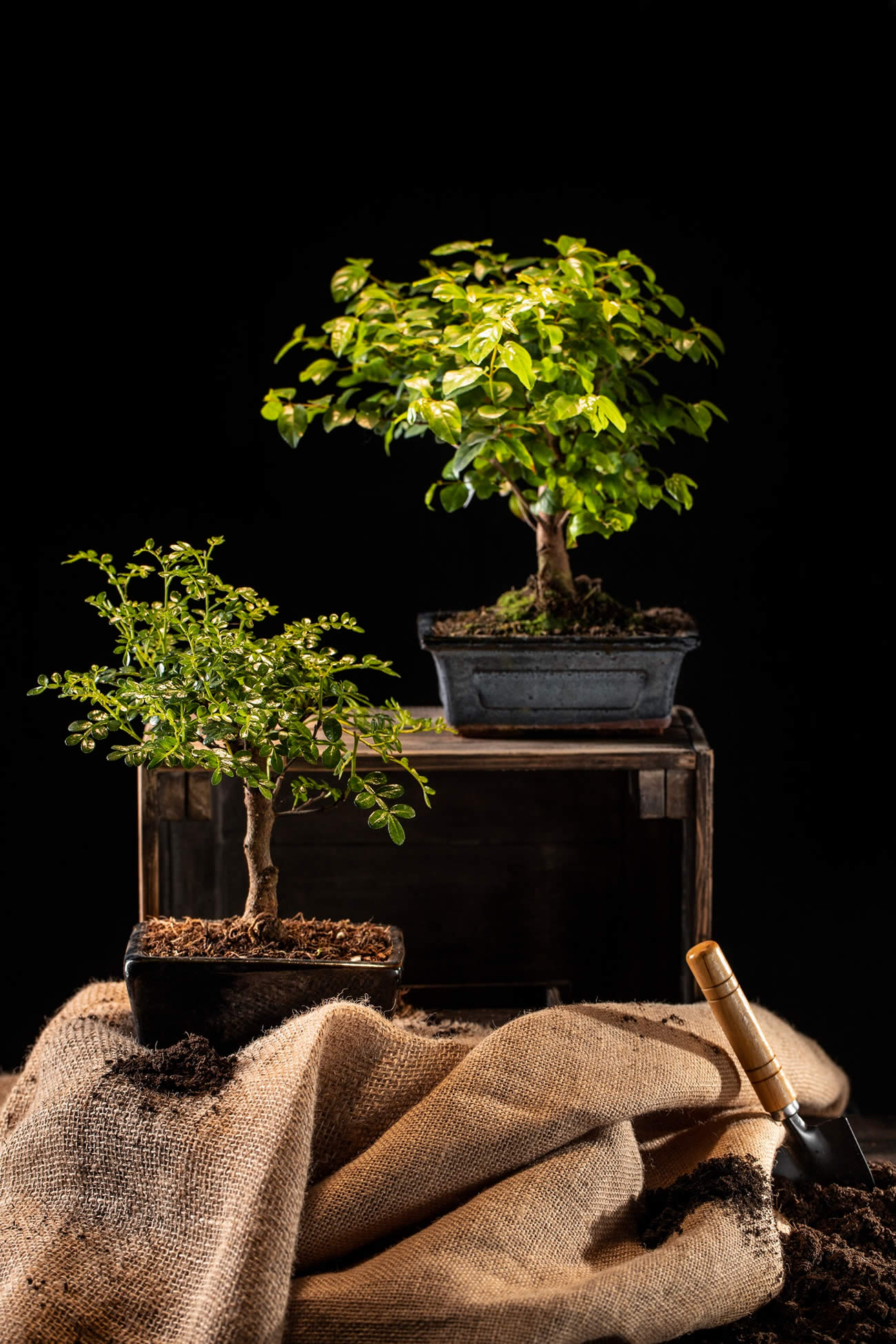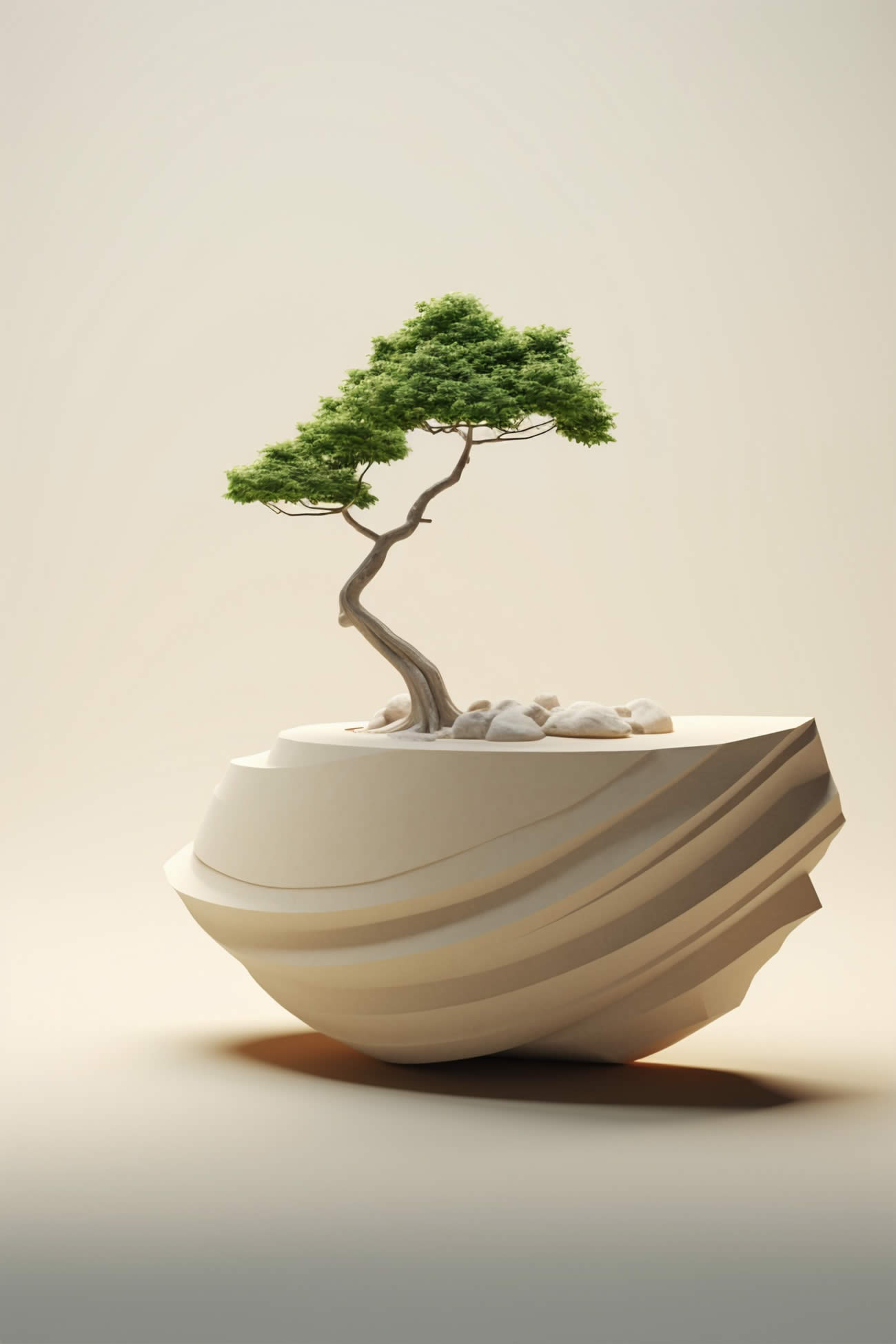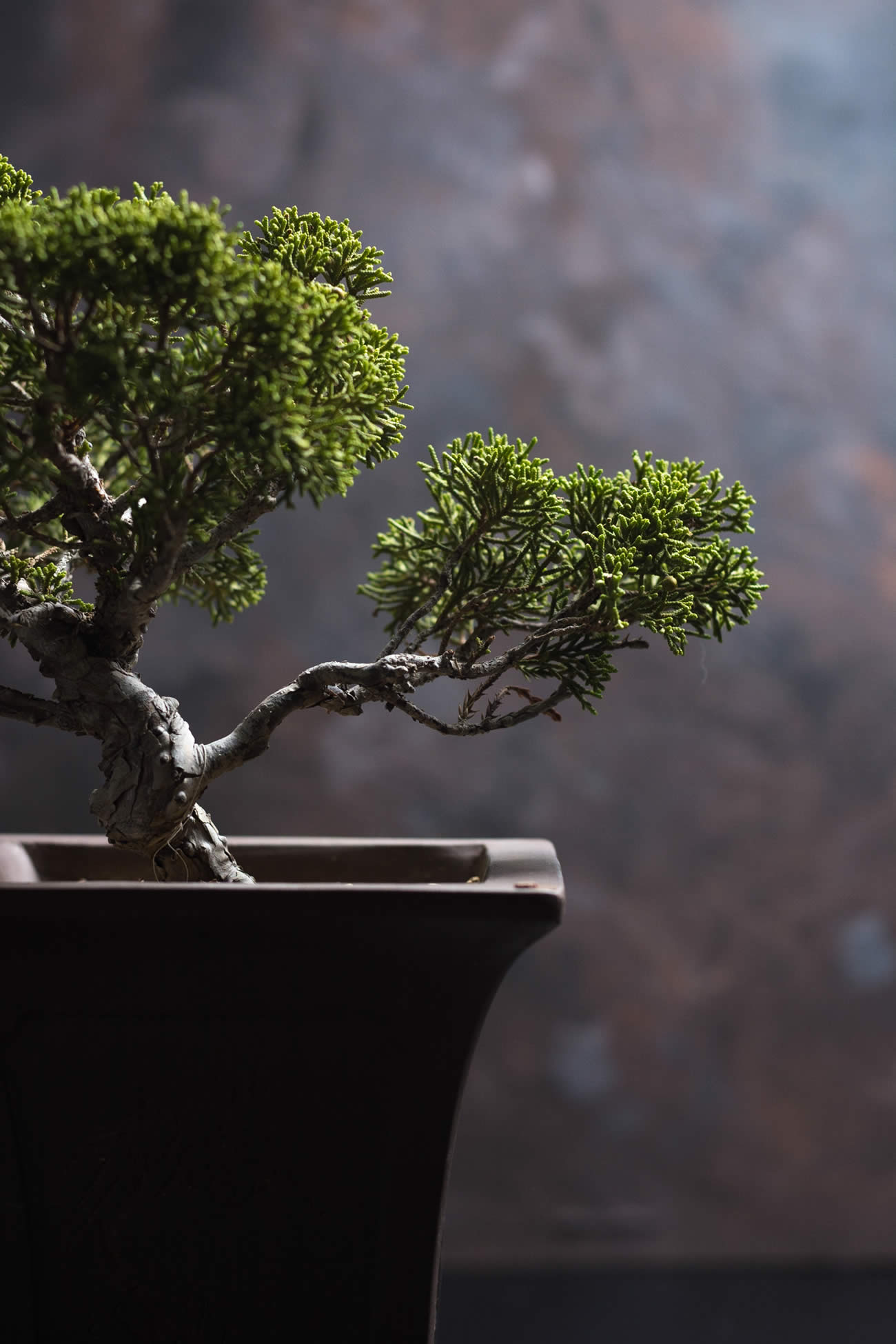Bonsai trees, like other houseplants, require consistent attention to thrive and maintain their health. Alongside water and light, providing them with proper care is crucial. However, it’s important to note that bonsai trees possess unique characteristics that set them apart from other plants. Therefore, when it comes to watering, the question of frequency arises. The answer to this question depends on several factors, including your geographical location, the size of your tree, and the type of soil you use.
Taking these factors into consideration is essential in ensuring the optimal growth and overall well-being of your beloved bonsai tree. So, let’s dive deeper into the intricate world of bonsai tree care, where every detail matters in nurturing these miniature wonders of nature.
[cp_popup display=”inline” style_id=”32773″ step_id = “1”][/cp_popup]
When looking after a bonsai tree, the first thing that comes to mind is that it is a very small plant. However, this is not true. Bonsai trees are actually quite large and require as much care and attention as other houseplants, like how to trim the bonsai tree. The only difference is that they are kept in small pots.
The question of how often you should water a bonsai tree is one that frequently arises among individuals who are new to the art of bonsai cultivation. It is important to note that while there are various types of bonsai trees, they generally share similar watering requirements. To ensure the health and vitality of your bonsai tree, it is crucial to strike the right balance when it comes to watering frequency.
When determining how often to water your bonsai tree, several factors come into play. These factors include the species of bonsai, the size of the tree, the type of soil used, and the prevailing environmental conditions. As a general guideline, it is recommended to monitor the moisture level of the soil regularly. Before watering, assess the soil’s dryness by gently inserting your finger into the soil up to the first knuckle. If the soil feels slightly dry, it is an indication that watering is needed.
However, it is important to exercise caution and avoid overwatering your bonsai tree. Overwatering can lead to root rot and other detrimental consequences. It is advisable to water your bonsai tree thoroughly, ensuring that water penetrates the entire root system, and then allow the soil to dry out slightly before the next watering session.
In addition to regular watering, other factors such as humidity, temperature, and air circulation also play a role in maintaining the overall health of your bonsai tree. It is beneficial to create a microclimate that mimics the natural environment in which the specific bonsai species thrives.
By paying careful attention to your bonsai tree’s watering needs and providing the appropriate moisture level, you can ensure its longevity and enhance its aesthetic appeal. Remember, each bonsai tree is unique, and with time and experience, you will develop a deeper understanding of your tree’s individual watering requirements.
How Often Should You Water A Bonsai Tree?
If you want to revive and keep your bonsai tree healthy and happy then you must know how often to water it properly to help the bonsai tree live longer. This will ensure that your plant remains healthy and looks its best at all times. The frequency with which you should water your bonsai depends on several factors such as the type of soil used, temperature and humidity levels in your house.
The most important thing to remember about watering bonsai trees is that they don’t need to be watered often. In fact, the ideal watering schedule allows the soil to dry out between waterings — this helps prevent disease and pest problems from developing on your plant.
The purpose of watering a bonsai tree is to provide moisture for its roots. However, overwatering can cause root rot and other problems. The goal is to provide enough water so the soil remains damp but not so much that it becomes soggy or muddy.
Watering from above – This method involves pouring water over the soil surface of your bonsai using either a watering can or hose attachment with a nozzle attachment (if you have an outdoor faucet). This works well if your plant has been sitting in bright sunlight all day because it will evaporate quickly from the leaves and provide an immediate source of moisture for your plant’s roots. You should do this only when necessary.
If you have clay pots, then they will retain moisture for longer periods of time than plastic pots do. Some people never water their plants in clay pots, but that’s not recommended. Clay pots must be watered more frequently than plastic pots because they dry out faster. However, if you don’t follow this advice, it can cause root rot, which is bad for your plant’s health and could kill it if left unchecked for long periods of time (more than two weeks).
How Long Should You Wait After Watering A Bonsai Tree?
After watering your tree, there should be no standing water in the saucer under the pot; if there is any moisture left in the saucer after 15 minutes, you should wait until it’s gone before watering again. This will help prevent root rot from occurring due to excessive moisture in the soil around the tree’s roots.
How often you should water a bonsai tree depends on a variety of factors, including the species of tree, the size of the pot, the temperature and humidity levels in your environment, and the time of year.
Generally, bonsai trees should be watered when the top inch of soil is dry. However, there are a few things to keep in mind:
- Smaller bonsai trees need to be watered more often than larger bonsai trees.
- Bonsai trees in hot, dry climates need to be watered more often than bonsai trees in cooler, more humid climates.
- Bonsai trees that are actively growing need to be watered more often than dormant bonsai trees.
During the growing season, you may need to water your bonsai tree every day, depending on the abovementioned factors. During the dormant season, you may only need to water your bonsai tree once a week or less.
The best way to tell if your bonsai tree needs water is to check the soil. If the top inch of soil is dry, it is time to water. You can also check the soil moisture by sticking your finger into the soil. If the soil is dry, it is time to water.
When watering your bonsai tree, be sure to water it deeply. Water until water runs out of the drainage holes in the bottom of the pot. This will help to ensure that the entire root ball is watered.
It is also important to avoid overwatering your bonsai tree. Overwatering can lead to root rot, which can kill your tree. If you are unsure of how often to water your bonsai tree, it is better to err on the side of caution and water it less often.
Here are some additional tips for watering bonsai trees:
- Use water that is at room temperature. Avoid using cold water, as this can shock the tree.
- Water your bonsai tree early in the morning or late in the evening. This will help to prevent the water from evaporating too quickly.
- If you are unsure how often to water your bonsai tree, it is better to water it less often. Overwatering is more harmful than underwatering.
- Repot your bonsai tree if you find better pots to use.
With proper watering, your bonsai tree will thrive for many years.
Artificial Bonsai Trees
Artificial bonsai trees are a great way to add a little bit of nature to your home without having to take care of a real plant. These artificial plants have realistic details that make them look just like the real thing. They come in all sizes, so you can find one that will fit in whatever space you have available. You can also choose from many different types of trees, including pine and palm trees.
Artificial Bonsai Trees for Every Budget
You don’t have to spend a lot of money when buying an artificial tree for your home. You can find some great deals online at sites like eBay and Amazon. You’ll find that there are many options available at affordable prices. If you’re looking for something more expensive, check out some speciality stores where they may sell them at more of an upscale price point but still within your budget range.

